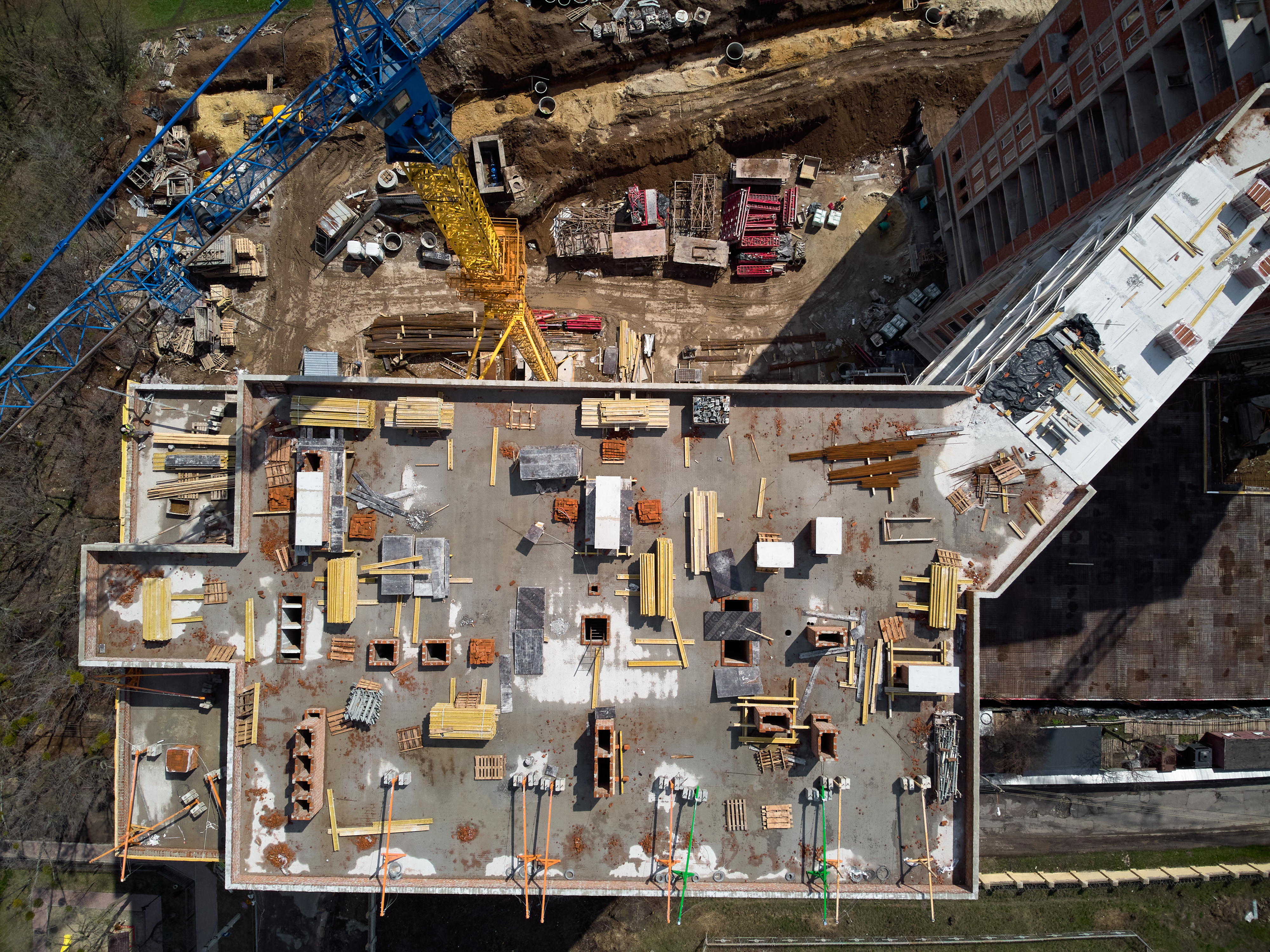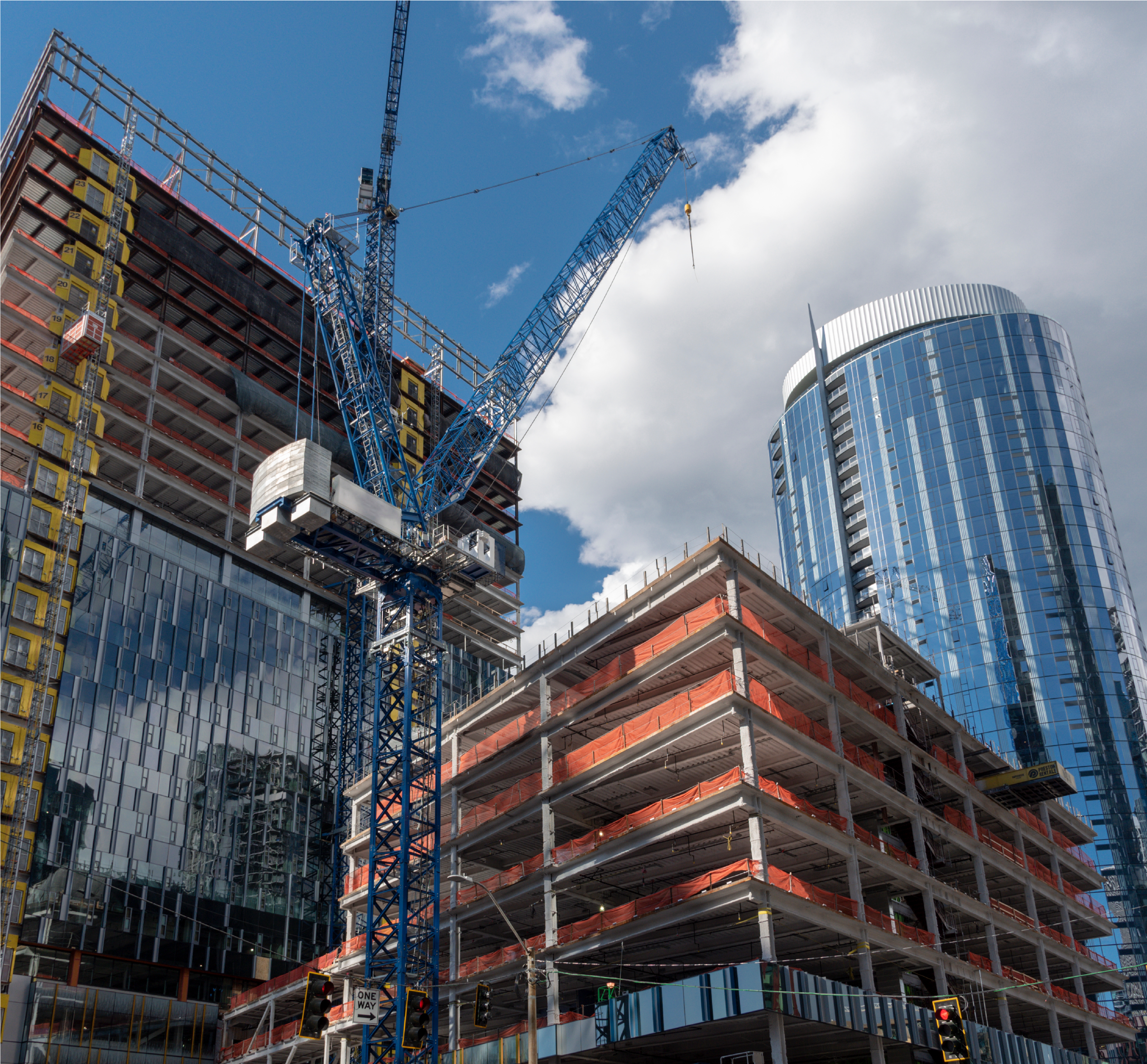

What is the process of post-tensioning?
In a post-tensioned concrete construction, the process begins with laying high-strength steel tendons (encased in plastic ducts) within the formwork before the concrete is poured. Once the concrete has been placed and allowed to cure to a specified strength, the real action happens: hydraulic jacks are used to tension the tendons by pulling them tight against anchorage plates at the slab edges . After reaching the desired tension, the tendons are locked off with anchors, trapping the concrete in a compressed state. In bonded post-tensioning systems, the final step is pumping grout into the ducts to bond the tendons to the concrete and protect them from corrosion. This sequence – pour, cure, tension, anchor (and grout if needed) – yields a concrete member that is much stronger and more crack-resistant than if it were only reinforced with rebar
Custom Listing Stlyes
- Place ducts & tendons while forming the slab.
- Pour concrete and cure to target strength.
- Stress tendons with hydraulic jacks and lock them off at anchors.
- For bonded systems grout ducts to protect steel and bond to concrete.
What’s next?
Our immediate goal is to complete the testing phase and achieve the certification, which will allow us to bring our product to market by the end of the year. We are actively engaging with waste to energy operators, concrete manufacturers, and the wider construction industry.
Global demand for a Circular Economy solution is already high, with global concrete manufacturers engaging with us to develop specific testing programmes.
Posted in Construction & Detailing







